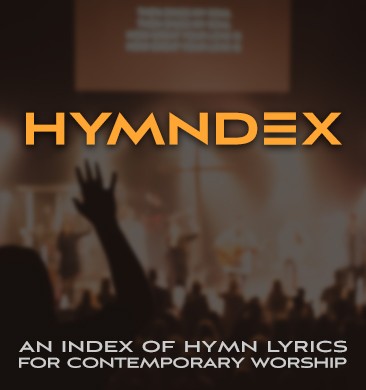Ed Stetzer: the motivation behind having different worship services is key.
Having multiple services with different musical expressions has become the accepted norm for many churches. Signs and websites routinely advertise “contemporary, traditional and blended services.” Lask week, at the Momentum Conference in Ohio, I mixed it up a bit with Derwin Gray of Transformation Church, who thinks it is a bad idea. Tullian Tchvidjian has expressed similar thoughts when they did away with their traditional and contemporary services.
But, I’m of a slighty different view than my two friends—not a LOT different, but I think the motivation for such an approach matters.
In other words, whether or not having multiple service styles is appropriate depends heavily on the motivation behind the services. Are they driven by a consumerist mindset, seeking to cater to the preferences of the audience, or are they fueled by a desire to worship in a way that matches the context(s) of the congregation and surrounding community?
Has the church added worship services as a response to complaints from members or the context in which God has placed them?
After a few years of “worship wars,” many churches decided to create multiple services based primarily on worship styles or worship preferences. As a result, the “Traditional Service,” which normally had the backing of the older members (often with those who gave most of the financial support to the church), got the coveted 11:00 AM time slot, while the younger members (with little children) had to drag themselves and their half-dressed, unfed kids to church by 8:00 AM or earlier in some cases.
Over time, this changed and many now have the traditional service early, as it did (generally) experience the growth of a contemporary.
Often times, this was not a change flowing from a missional strategy, but rather one dictated by the consumeristic mindset of the church—we have to keep the customers happy. And, the problem is that it has often proven impossible for us to constantly feed our own preferences and have any appetite left to help the actual needs of those outside the satisfied family.
So, let me start by saying that a church should not be blackmailed into adding worship services by anyone in the congregation. I am not OK with older members saying, “Listen, we want this music and we pay all the bills. We’ll let you go have your contemporary service, but we want you to pander to us.” Nor am I OK with all the young people saying, “You know, I’m tired of those hymns; we want something cool and hip. If not, we’re leaving.” Preference pandering only further engrains consumerism in the church.
They were driven by complaints.
Unfortunately, this will continue until our people are taught to find their contentment solely in Jesus and their worship driven focus by God, rather than having their preferences indulged. If you’re simply coming because this is “my kind of thing,” then it’s just pandering to the consumer preferences of Christians.
Instead of addressing the deeper heart issues, churches declare a truce that nobody likes. “We won’t sing too much contemporary; you don’t sing too much traditional.”
No one is thrilled about the solution, but they are at least satisfied that the “other side” didn’t get their way. When additional services or this type of compromise are chosen on the basis of the preference of the people, we have wrong starting point.
The wrong question to ask is “What type of music do I like?” That’s finding satisfaction in the style and not the Savior.





